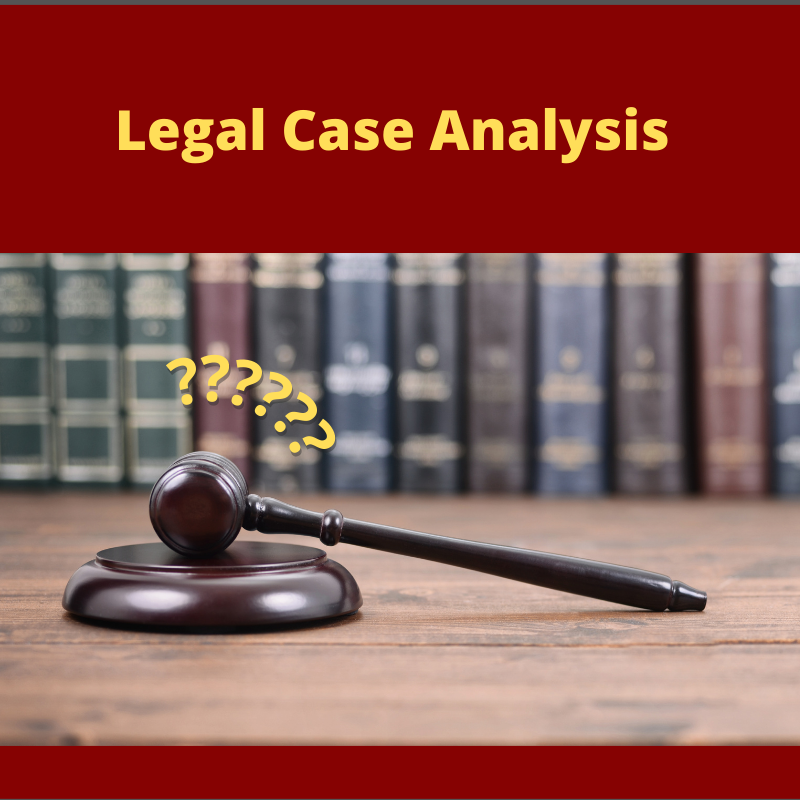
B.L.U.F. Another case where a Judge used Bruen to come to the correct decision. This This one is §922(g)3 and §922(d)2. This is a criminal case in front of a US Federal Judge for the Western District of Texas. It highlights how case law works.
History
On December 28, 2021 the El Paso Police Department responded to a 911 call. Transcripts are not available nor needed. When the police arrived they heard several gunshots and observed Paola’s husband with a shotgun at the neighbors house. The police then arrested Paola’s husband.
From this they managed to get permission to conduct[ed] a protective sweep of Connelly’s house
&mcite; Order on Motion for Reconsideration P. 1. The cops found evidence of firearms and marijuana. From this they called in the ATF.
The ATF searched the house and found 1.2 grams of marijuana, 0.21 grams of marijuana extract, 27.74 grams of “THC Edible” and 37.74 grams of suspected psilocybin
— Id. as well as multiple firearms and ammunition.
I have no idea if that is “a lot” or almost nothing. According to my sources this is a little low for medical use. In Texas up to two oz. is a class B misdemeanor with a maximum punishment of 180 days in jail and a $2000 fine. Paola is facing two felony counts with upto 12 years on each count.
Paola through her husband under the bus, accusing him of smoking crack. She was then asked about her own drug use and told the cops …she uses marijuana on a regular basis “to sleep at night and to help her with anxiety.”
— Id. at 2.
If this was the locals then it would have likely meant nothing more than the loss of her pot. Because the feds were involved, it now became a felony charge:
Based on these facts, Connelly was indicted with one count of possession of a firearm by an unlawful user of a controlled substance, in violation of 18 U.S.C. § 922(g)(3). Superseding Indictment 1–2. Connelly was also indicted with one count of transferring a firearm and ammunition to her husband, an unlawful user of a controlled substance, in violation of 18 U.S.C. § 922(d)(3). Id. at 2–3.
— Id. at 2
The second count, transfer or sale to a prohibited person is charged because the lived together. Since he had access and could have gotten the firearms the state argues that she had transferred the firearms to her husband. It is unclear who owned the shotgun he used.
October 18, 2022 Paola filed to have the charges dismissed. Her argument was that post Bruen §922(g)(3) and §922(d)(3) were unconstitutional under the second amendment because the denied her rights to keep and bear arms while the state was unable to find an similar regulation from the founding era. She also argued that the law was unconstitutional under the fifth amendment because it was vague. What does addicted mean? What does “user” mean?
She points out that under the dictionary definition, user could mean anybody that ever took a toke.
Her motion to have her indictment dismissed was denied on December 21, 2022.
The Second Try
Read More
Like this:
Like Loading...


